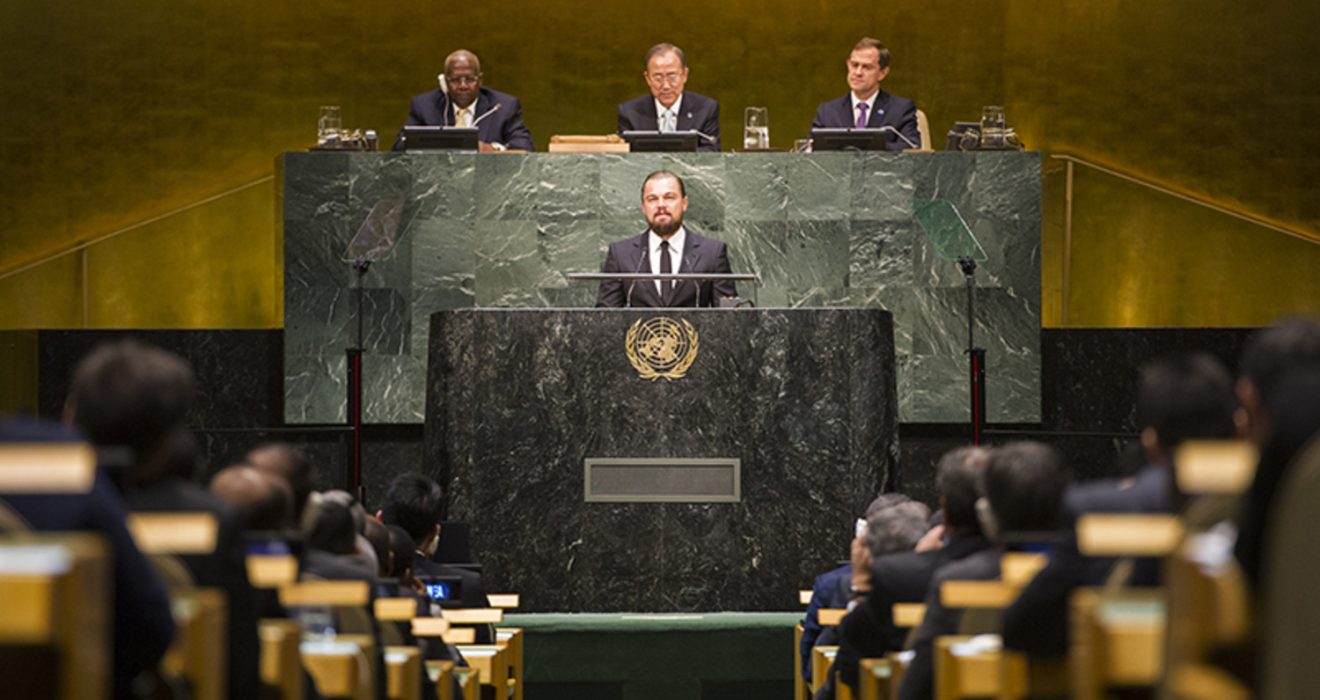Amidst a backdrop of intensifying climate emergencies like wildfires, floods, and heatwaves, the imperative to address the immediate impacts of climate change has reached a critical juncture. Despite efforts to mitigate emissions, the tangible consequences of climate change necessitate urgent action. The recent launch of the loss and damage fund at the UN climate conference signifies a historic milestone, offering hope for vulnerable nations grappling with the aftermath of environmental disasters. This fund represents a pivotal shift in climate finance, acknowledging the disproportionate burden shouldered by developing and low-income countries. However, challenges persist, with pledged funds falling short of the substantial financial requirements to effectively address climate damages. As global leaders convene to confront this pressing issue, calls for increased commitments and enhanced accountability resonate, emphasizing the need to bridge the gap between rhetoric and action in climate finance.
Acknowledging the Urgency of Climate Damage
In the midst of escalating climate crises, such as wildfires, floods, and heatwaves, the imperative to address the present-day impacts of climate change has never been more pressing. Despite efforts to mitigate emissions, the tangible consequences of climate change demand immediate action. Against this backdrop, the recent launch of the loss and damage fund at the UN climate conference marks a historic milestone, offering hope for vulnerable nations grappling with the fallout of environmental disasters.
Understanding the Purpose of the Loss and Damage Fund
The loss and damage fund represents a significant shift in climate finance, acknowledging the disproportionate burden borne by developing and low-income countries in confronting climate-related challenges. These nations, often the least responsible for greenhouse gas emissions, find themselves disproportionately affected by extreme weather events and environmental degradation. The fund aims to provide crucial financial support to aid these countries in rebuilding and enhancing their resilience in the face of climate-induced disasters, such as droughts, floods, and storms.
Challenges and Disparities in Climate Finance
Despite the noble intentions behind the establishment of the loss and damage fund, advocates highlight the glaring disparity between the pledged funds and the actual financial requirements to address climate damages effectively. The current pledges, amounting to less than 0.2% of the projected economic losses faced by developing nations annually, underscore the inadequacy of global efforts to tackle climate change. Moreover, the comparison between climate finance commitments and extravagant spending in other sectors, such as professional sports contracts, serves as a stark reminder of misplaced priorities and systemic inequalities.
Examining Pledged Contributions
At COP28, several countries stepped forward to pledge financial support to the loss and damage fund, albeit to varying degrees. Notable contributions include $100 million each from the United Arab Emirates and Germany, $75 million from the United Kingdom, and $17.5 million from the United States. While these figures represent a tangible commitment to addressing climate-related challenges, they fall short of the scale required to meet the urgent needs of vulnerable nations.
Calls for Enhanced Commitments and Accountability
In light of the significant shortfall in pledged funds, calls for increased commitments and enhanced accountability resonate within the global community. Climate advocates emphasize the imperative for the rich world to reassess its obligations and take substantive action to redress the inequities perpetuated by historical emissions. Ritu Bharadwaj, a principal researcher at the International Institute for Environment and Development, underscores the urgent need for introspection and concerted efforts to bridge the gap between rhetoric and action in climate finance.
Scaling Up Commitments and Ensuring Accessibility
While the establishment of the loss and damage fund represents a crucial step toward equitable climate resilience, the journey is far from over. Moving forward, the focus must remain on scaling up financial commitments and ensuring the accessibility of funds to those most in need. This entails fostering greater collaboration between nations, leveraging innovative financing mechanisms, and prioritizing the voices and needs of vulnerable communities. By redoubling our efforts and fostering a renewed sense of solidarity, we can strive towards a more just and sustainable future for all, where the burdens of climate change are shared equitably and resilience is strengthened across borders.
Conclusion
The launch of the loss and damage fund signifies a watershed moment in the global fight against climate change, offering a glimmer of hope amidst escalating environmental crises. However, the disparity between pledged funds and actual requirements underscores the urgent need for enhanced commitments and accountability. As we chart a path forward, it is imperative that we prioritize the voices and needs of the most vulnerable, fostering greater equity and resilience in the face of climate adversity. Only through collective action and unwavering determination can we forge a sustainable future for generations to come.

